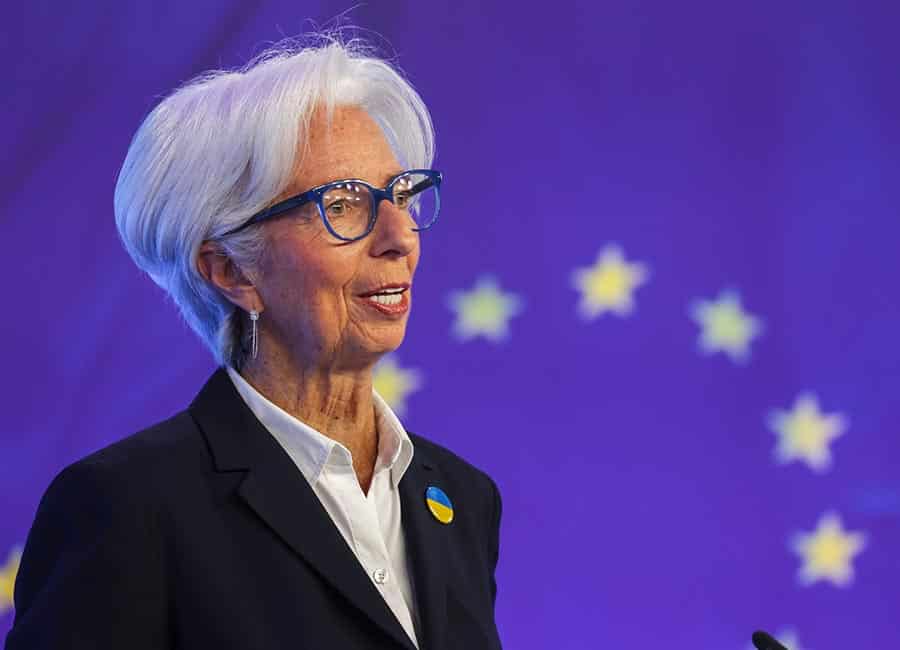Countries have been ranked on their youth employment across the European Union, with the youth unemployment rate continuing to deteriorate in June, rising to 13.6% from 13.3% in May.
According to Eurostat, a total of 2,546,000 young people aged under 25 were unemployed in the EU in June 2022.
Compared with June 2021, youth unemployment decreased by 527,000. However, compared with May 2022, youth unemployment increased by 59,000, indicating that the younger age cohort of the employment market has been slower to recover since easing of Covid lock drown restrictions across the continent.
The countries with the worst youth unemployment rates are Greece at 29.5%, Spain at 28% and Italy at 23%.
Other countries that were notable for the high youth unemployment figures recorded were Sweden at 21.5%, Estonia at 21% and Portugal at 19.5%.
Ireland’s youth unemployment rate for June 2022 was 5.5%, making it one of the best ranked countries in the EU.
The overall EU unemployment rate was 6.0% in June 2022, the same as May 2022 and down from 7.2% in June 2021.
EU Commissioner Paolo Gentiloni, presenting the Commission’s Summer 2022 Economic Forecast, commented that labour markets across the European Union have continued to show strength.
In Q1 2022, the number of employed persons in the EU increased by 1.1 million or 0.5% compared with the previous quarter. Other indicators, such as the continued increase in the job vacancy rate, which is at a record high, and a decline in labour market slack, are indicative of further tightening labour markets, he stated.
However, the Commission expects that employment growth is set to soften.
“The Commission's Employment Expectations Indicator for the EU underscores the slowing momentum since March, but remains considerably above its long-term average,” Gentiloni said. “Demand for labour is envisaged to soften in industry, construction and retail, while in services it is likely to remain strong in the near term.
“In our Spring forecast, we projected rising wages in 2022, yet well below the current inflation rates. Available data for the first quarter points to some pick-up in wages, but we still expect real wages to decline this year and households' purchasing power to fall. For 2023 though, real wages are still expected to recoup some of the losses.”











